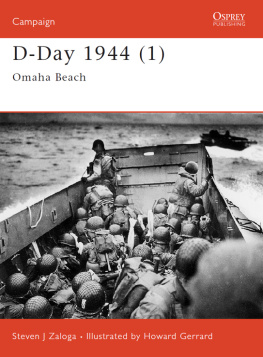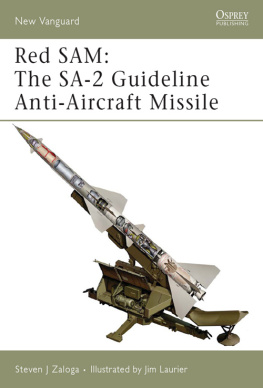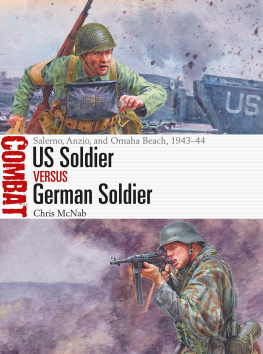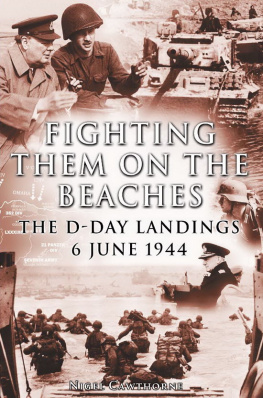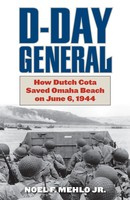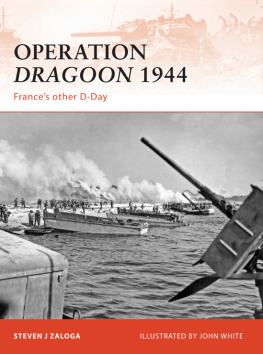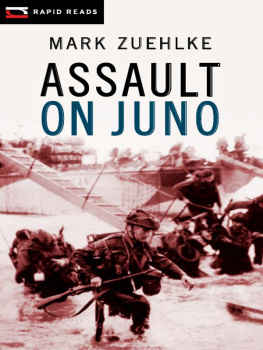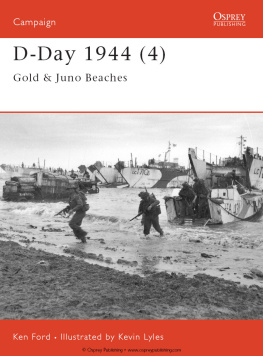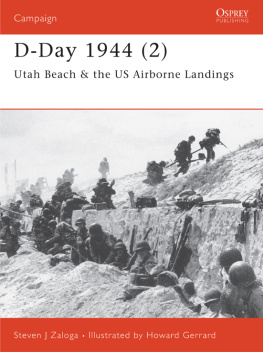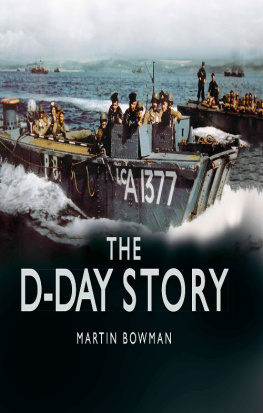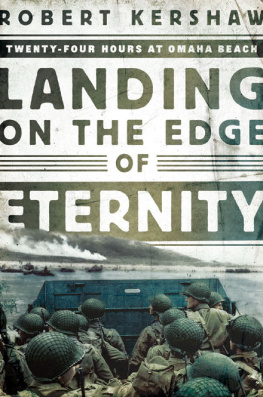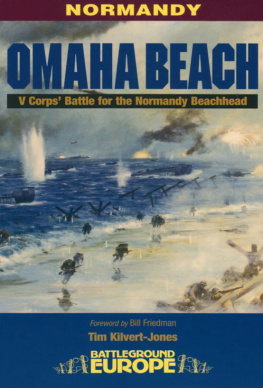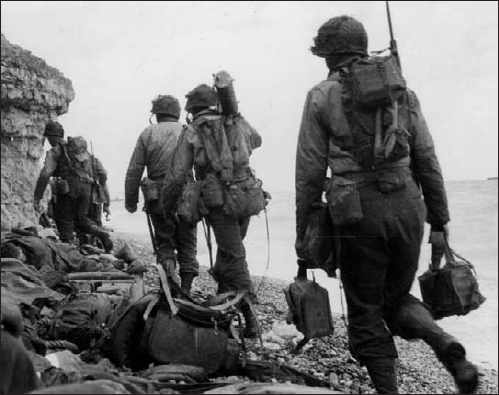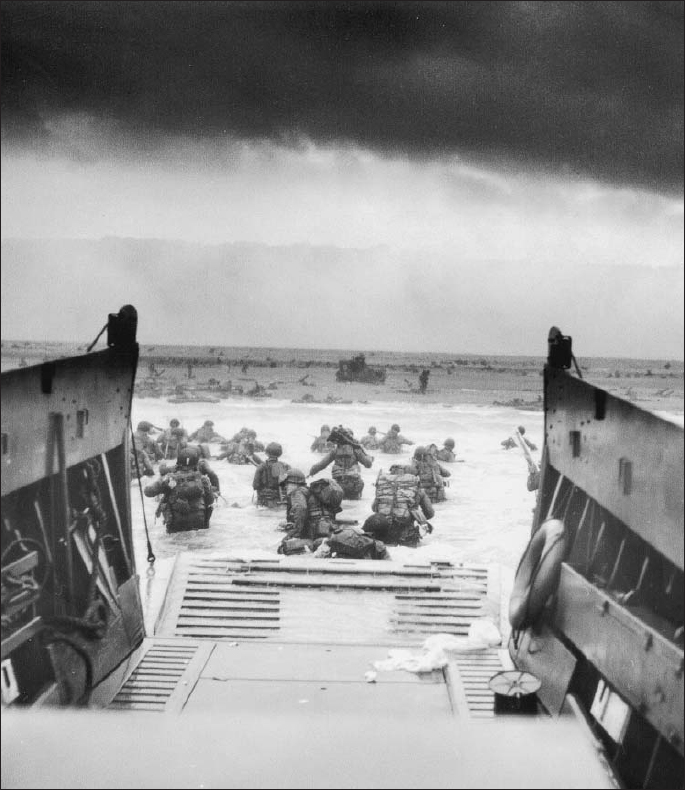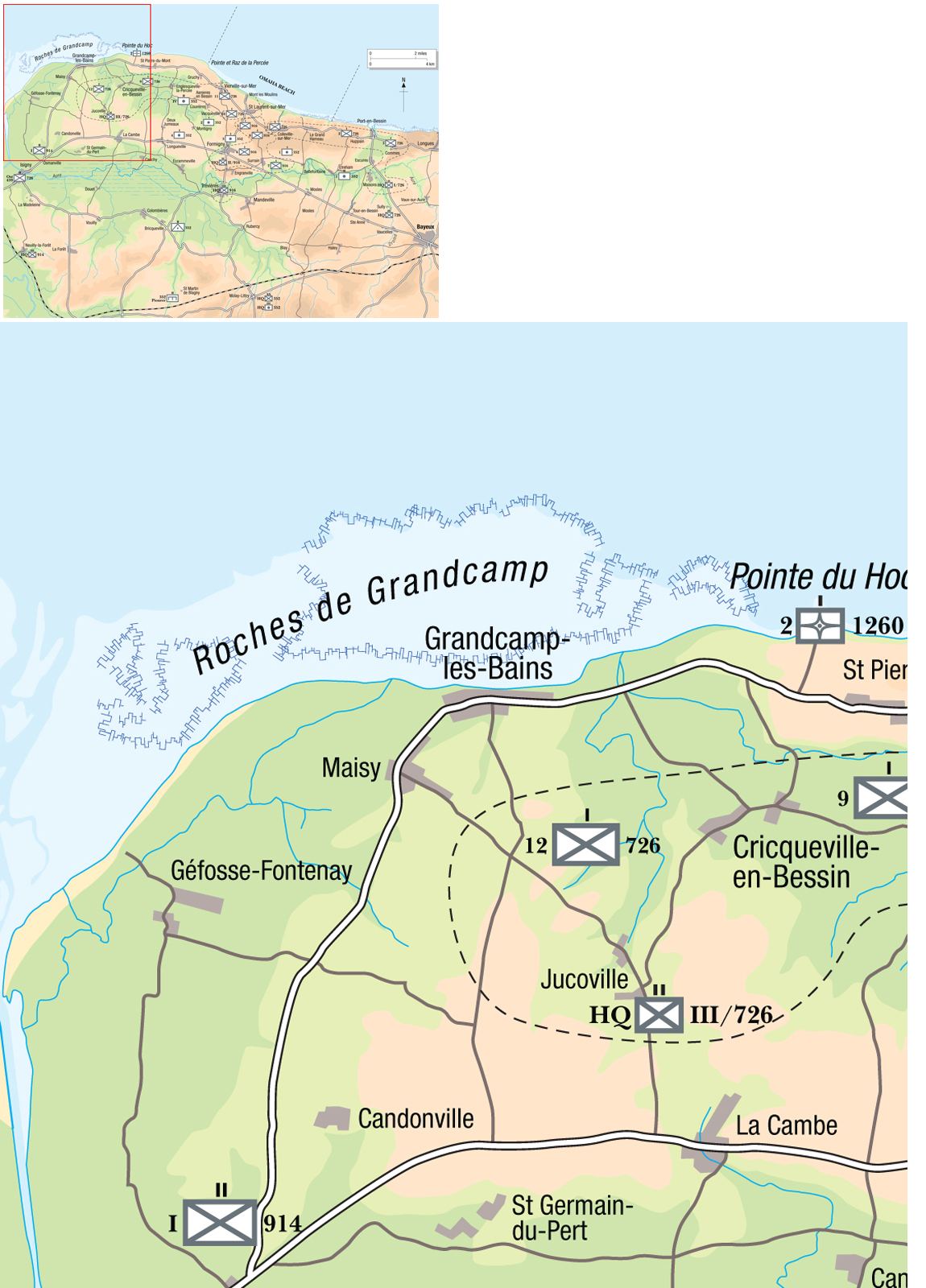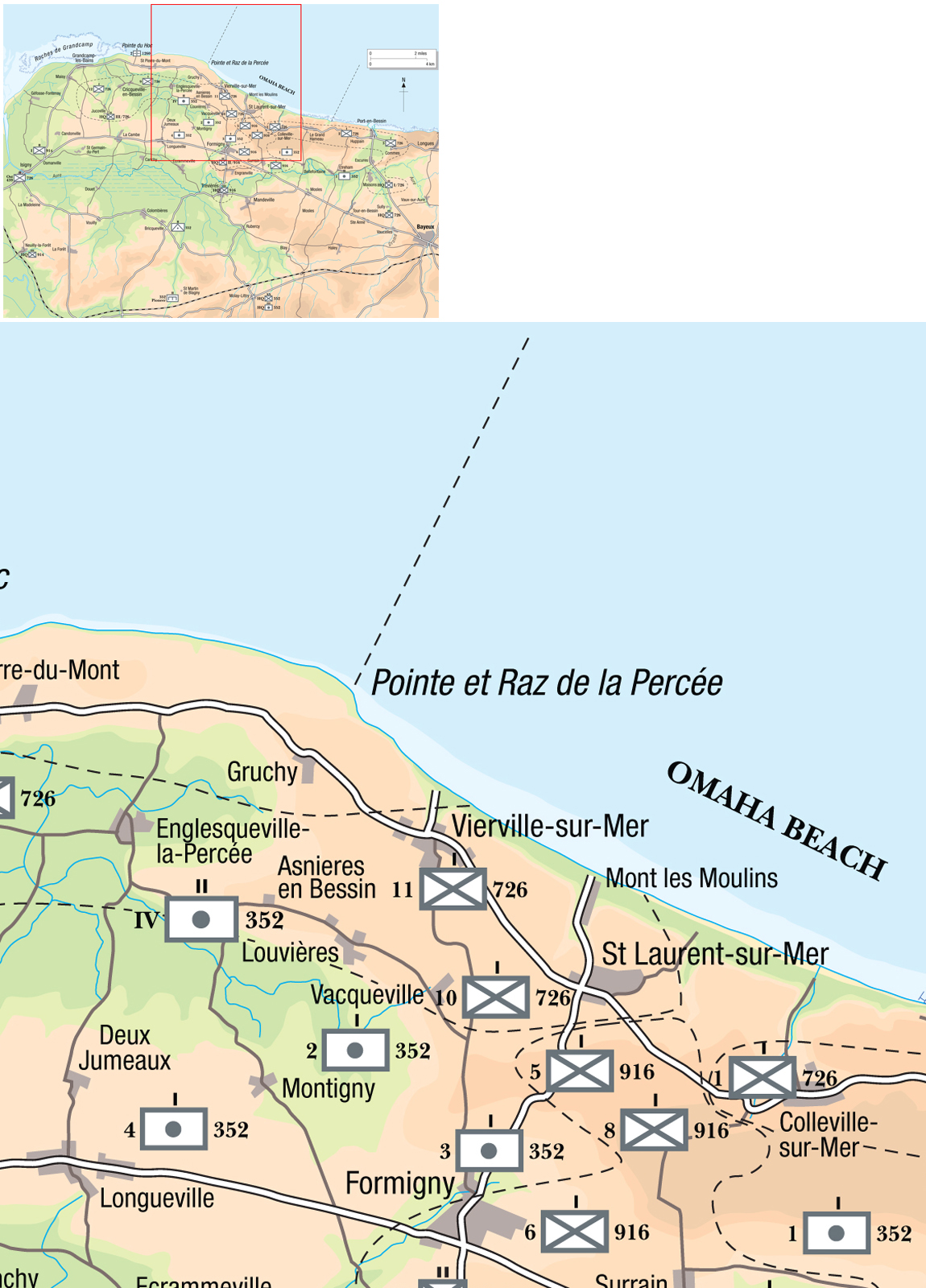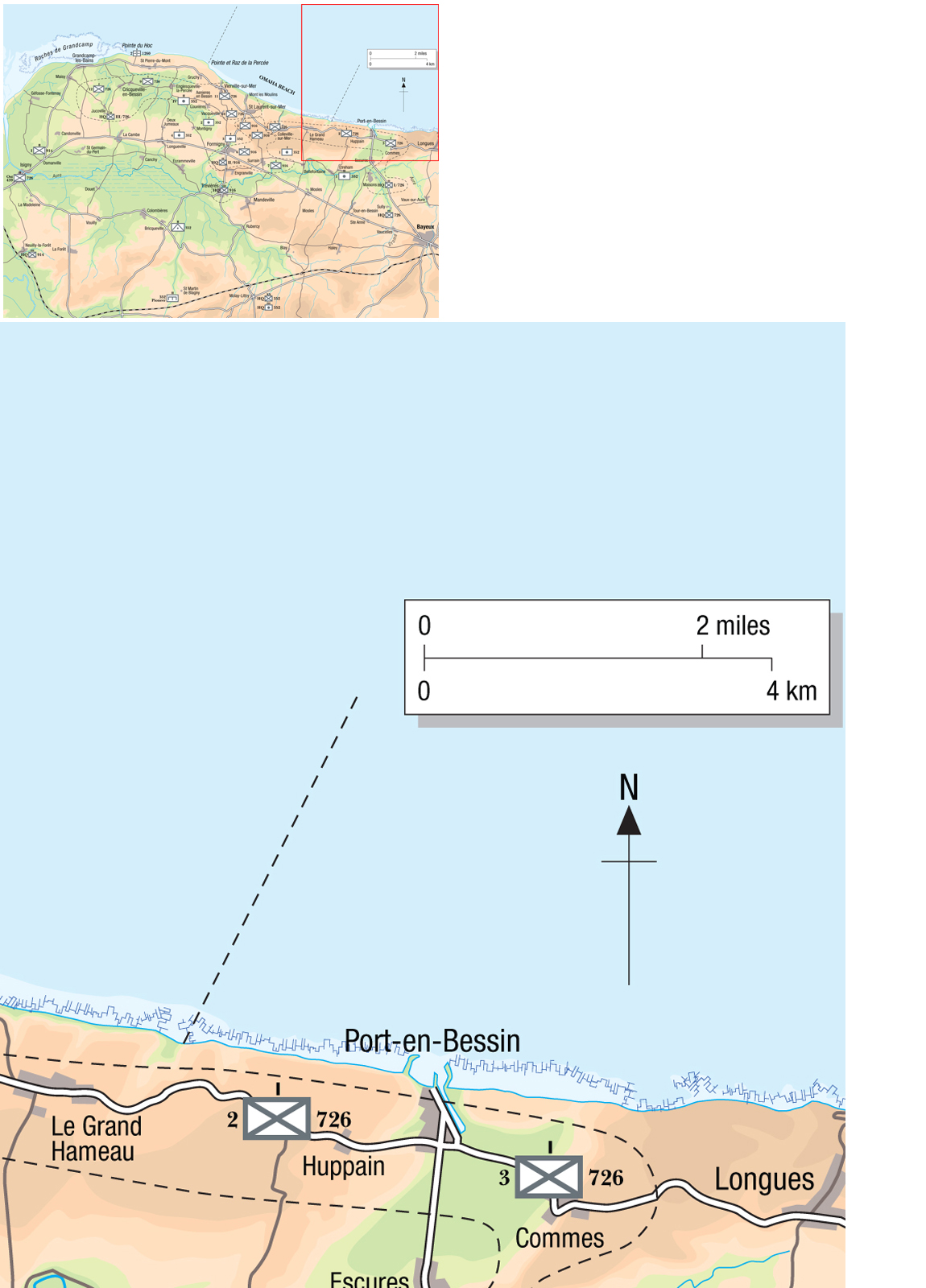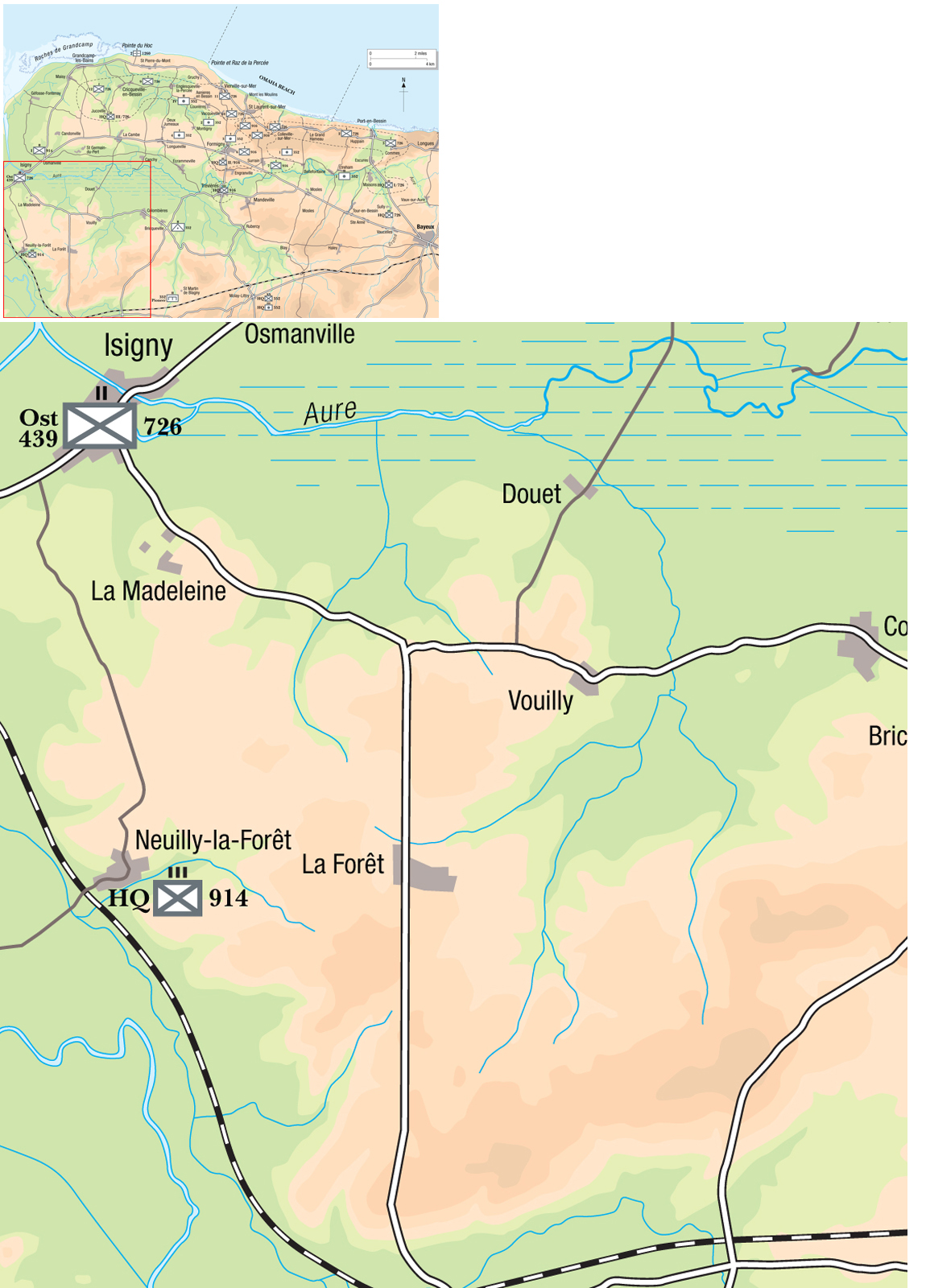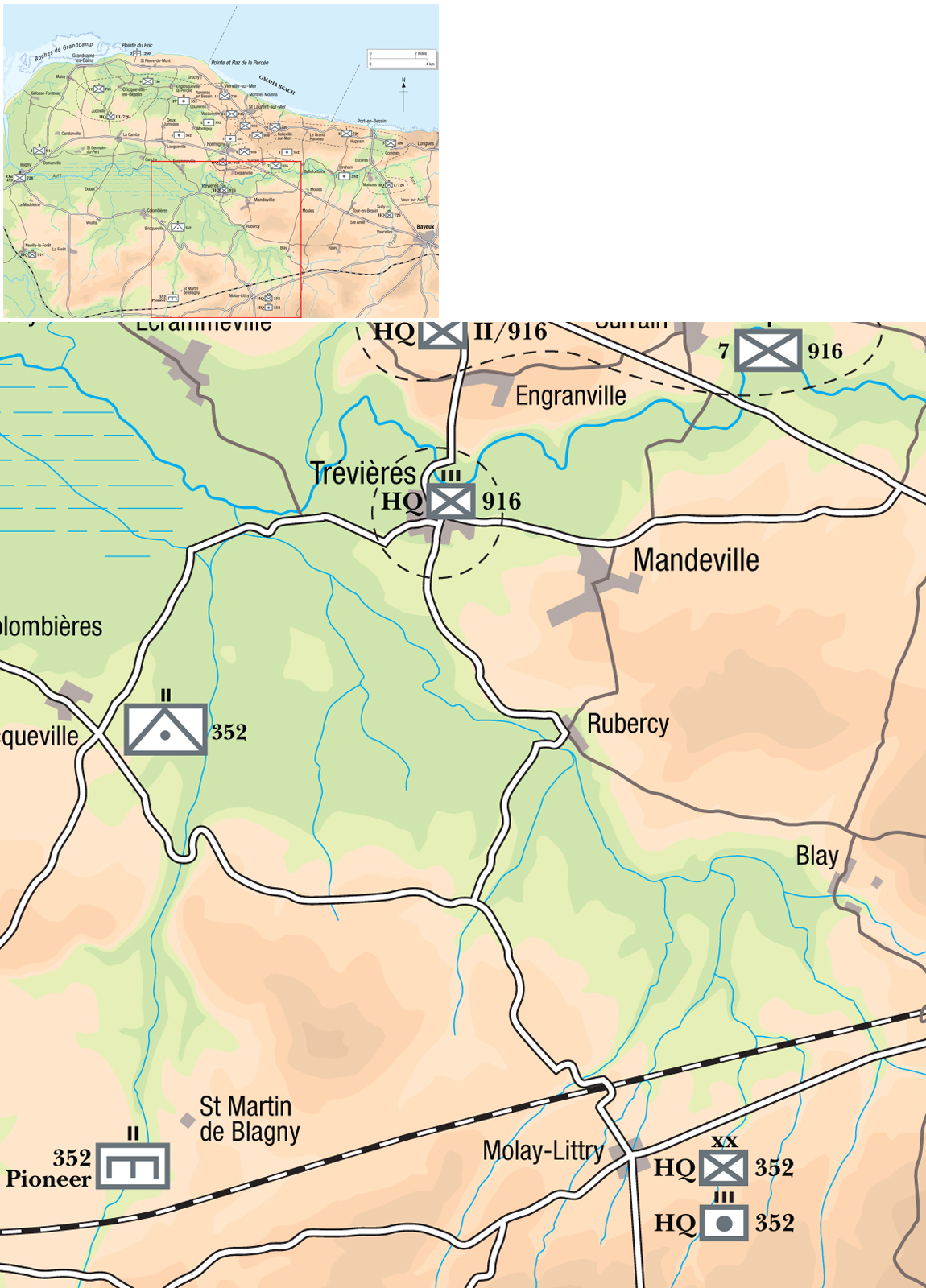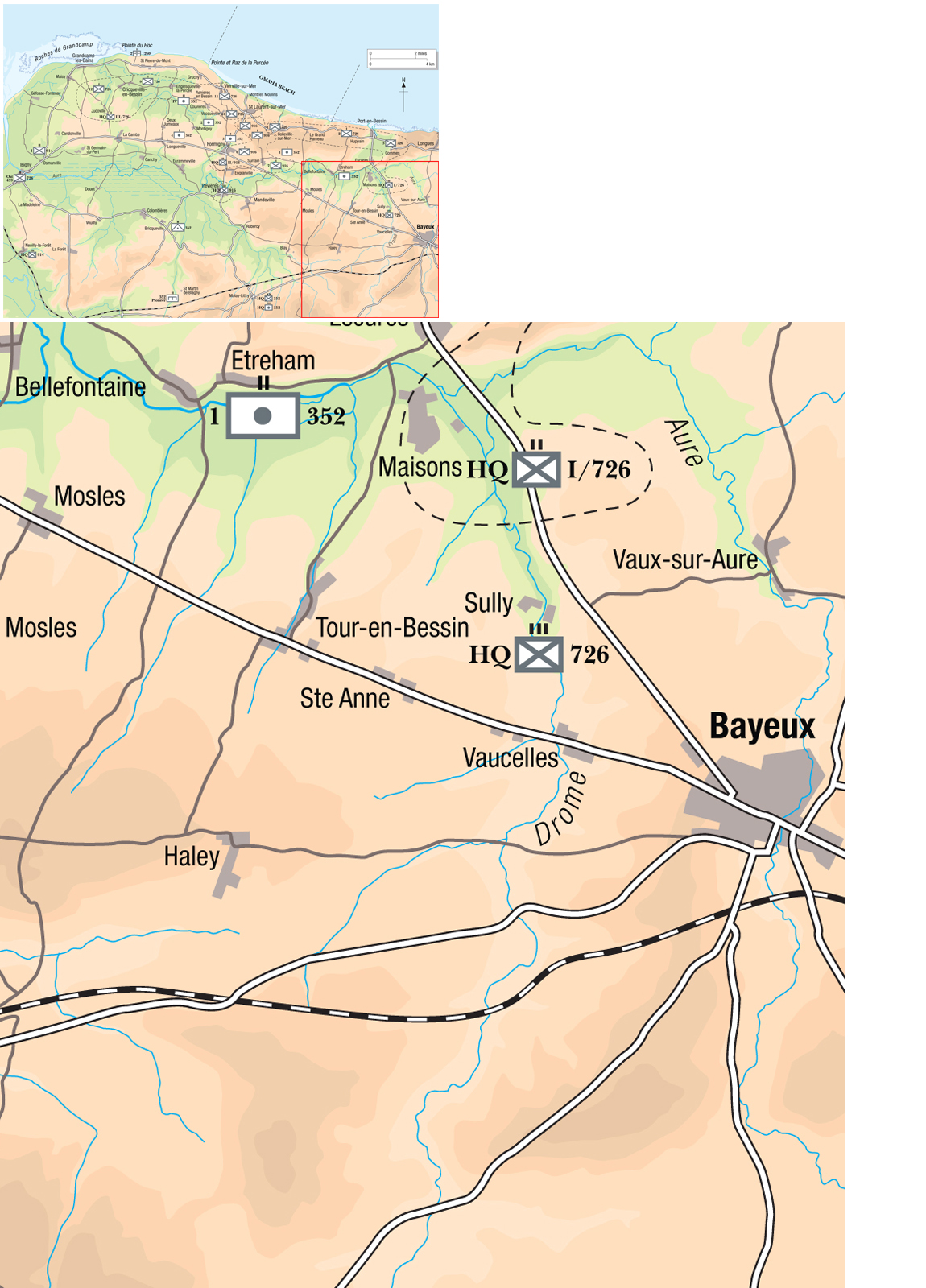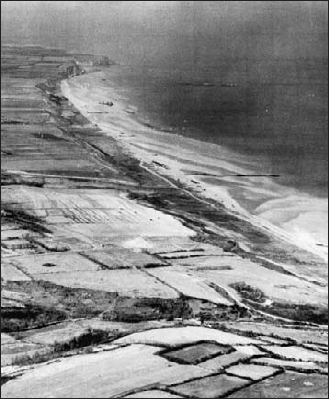Campaign 100
D-Day 1944 (1)
Omaha Beach
Steven J Zaloga Illustrated by Howard Gerrard
CONTENTS
D-Day at Omaha Beach as seen by a Coast Guard photographer on an LCVP landing troops of 1/16th Infantry on Easy Red beach. The tank in the foreground is A-9, one of the few M4A1 tanks from the ill-fated 741st Tank Battalion to make it ashore. (NARA)
INTRODUCTION
O f the landings on the five assault beaches in Normandy on D-Day, Omaha Beach was the only one ever in doubt. Within moments of landing, a third of the assault troops in the first wave were casualties. The difficulties encountered on bloody Omaha were due to the more difficult terrain on this coastline, the unexpected presence of a first-rate German division at the beach and inadequate fire support. Yet in spite of all these problems, by the end of D-Day, the Atlantic Wall had been breached and the US Armys V Corps was firmly entrenched on the French coast.
THE STRATEGIC SITUATION
The Allied planning to assault Fortress Europe had been under way since 1942 and the Overlord plan began to take shape in 1943. Winston Churchill argued for a traditional maritime strategy of peripheral attack through Italy and the Balkans, but US military commanders and many senior British commanders favored a direct attack on Germany by the most plausible route, through northern France. The most significant disagreement concerned the US intent to stage two amphibious assaults, Operation Neptune in northwestern France, and Operation Anvil through the French Mediterranean coast. Churchill and many senior British commanders were firmly opposed to the southern France assault, realizing it would drain momentum from the Italian theater. With British manpower reserves at breaking point and the US Army expected to provide the majority of forces for operations in France, Britain was losing its role as the senior partner in the Allied coalition. The American strategic viewpoint prevailed, although the more experienced British staffs shaped the actual planning for Neptune. In spite of significant controversies, not only between the Americans and the British, but among the combat services of both countries, the Allied coalition remained focused on its shared goal of defeating Germany. The Anglo-American partnership proved to be remarkably resilient in submerging national and service differences when they interfered with the mission.
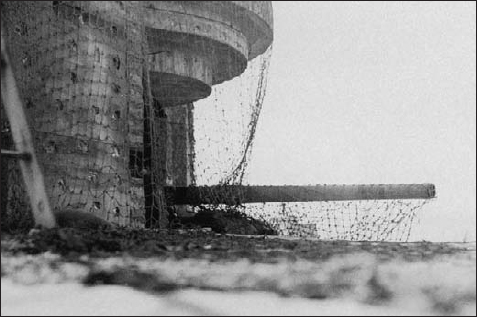
There was no more vivid symbol of the Atlantic Wall than the heavy coastal guns of the Kriegsmarine along the Channel coast like this one at Le Havre. These batteries were in their densest concentration on the Pas de Calais where the Wehrmacht expected the Allies to land. (NARA)
GERMAN FORCES IN THE GRANDCAMPS SECTOR, 6 JUNE 1944
Omaha Beach, known to the Germans as the Grandcamps sector, was 7,000 yards long. This view from east to west shows the E-3 Colleville draw in the foreground and the Pointe-et-Raz-de-la-Perce towards the top. (MHI)
One of the initial dilemmas was the target for Operation Neptune. The Pas de Calais opposite Dover was the narrowest point of the English Channel and had the added advantage of being closer to the expected route into Germany, through the Low Countries and across the northern Rhine plains. It was also the most obvious target and the area that the Germans were most diligently fortifying in 1943. Normandy was the next most likely area since the Bay of the Seine offered some shelter from weather and there were sufficient beaches with characteristics suitable for amphibious assault. Although more distant from the ultimate objective, Normandy was also less likely to attract the type of heavy defenses the Germans were constructing in the Pas de Calais. The problem in the invasion area was the lack of ports like Le Havre or Calais, but British naval planners had already begun to develop an ingenious artificial harbor that could provide a logistical base until neighboring ports such as Cherbourg were seized. The first draft of the Overlord plan was completed in July 1943, and approved by the Combined Joint Chiefs of Staff in August. Under the plan Operation Neptune would take place in May 1944 and Operation Anvil would follow as soon as it was possible to shift the necessary naval amphibious forces from the English Channel to the Mediterranean.
Overlord consisted of four phases. Operation Pointblank was already under way by the USAAF and RAF aimed at gaining air superiority over the future battlefield by destroying the Luftwaffe and crippling its ability to manufacture, maintain, and fuel its aircraft. The other element of the first phase was an attempt to deceive the Germans about the location of the actual landing site, Operation Fortitude. The second preparatory phase was aimed at isolating the battlefield by air attacks against communication centers, and road and rail networks that linked the Normandy area to reinforcements. Since air attacks limited to Normandy would give away the location of the planned invasion, more missions were actually flown against the Pas de Calais, as part of an effort to reinforce the Operation Fortitude deception. The third phase was Operation Neptune itself, the amphibious landings in Normandy. The fourth phase was the follow-up and build-up phase, aimed at reinforcing the bridgehead in preparation for the campaign in France.
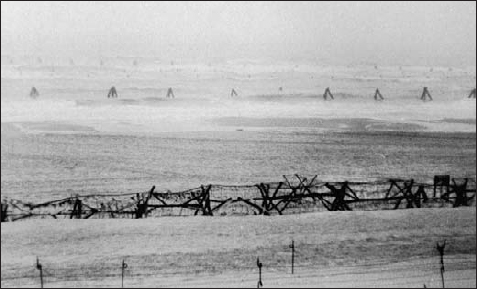
The German view of the invasion beaches in Normandy. In the foreground are two rows of barbed wire, while in the surf are several rows of stakes, usually topped with Teller anti-tank mines. (MHI)
The preparatory work for Overlord took place in the shadow of the failed Dieppe raid of 1942. Dieppe underscored how risky amphibious operations would be against a defended shoreline, but it also provided useful lessons. By 1944 the Allies had further amphibious experience including the landings in North Africa in November 1942 and the Sicily, Salerno, and Anzio landings in Italy in 194344. Neptune presented problems beyond the Italian experiences since it would involve landing against a fortified beach, while the previous landings had been conducted against uncontested and largely unprotected beaches. These challenges prompted the development of a host of new innovations such as the artificial harbors, new types of landing craft and assault vessels, specialized armored vehicles, and novel engineer equipment to overcome obstacles.

